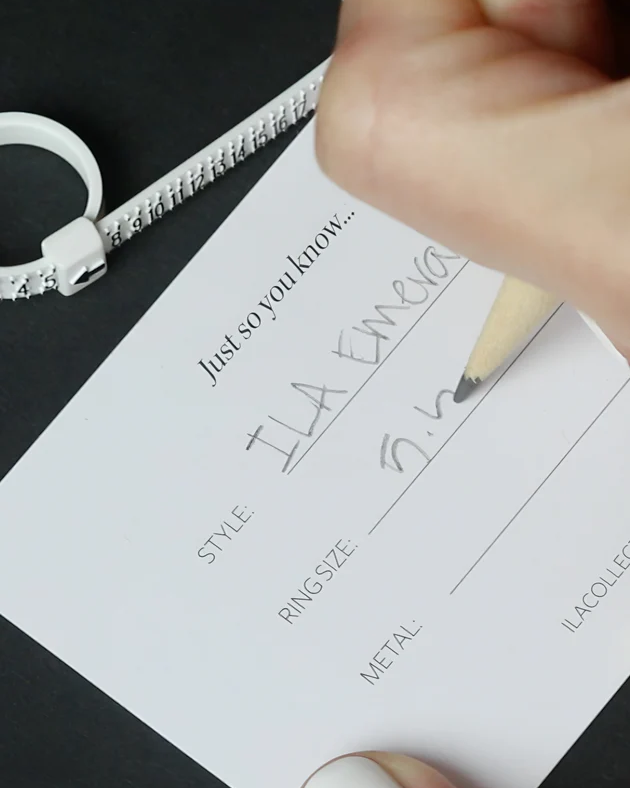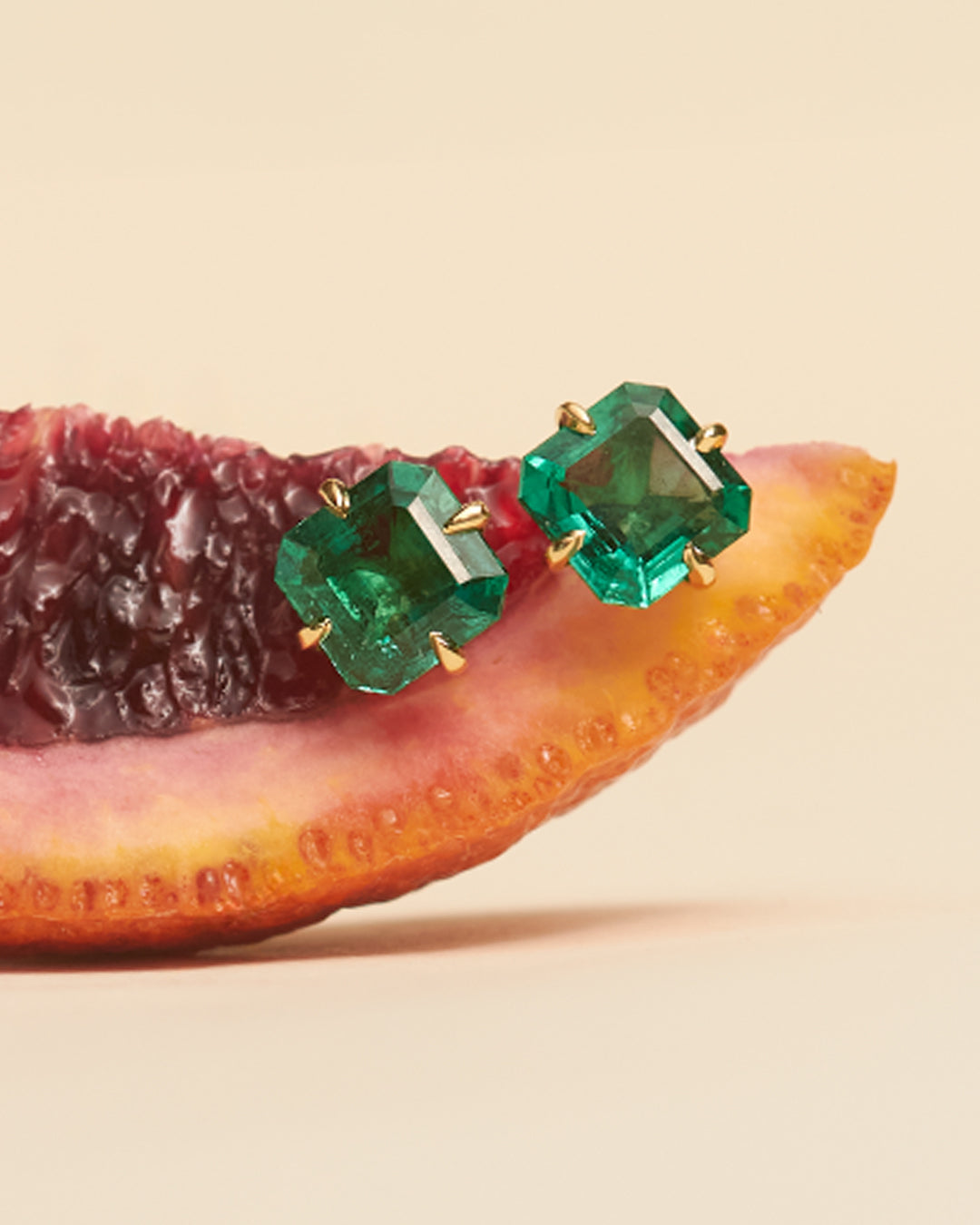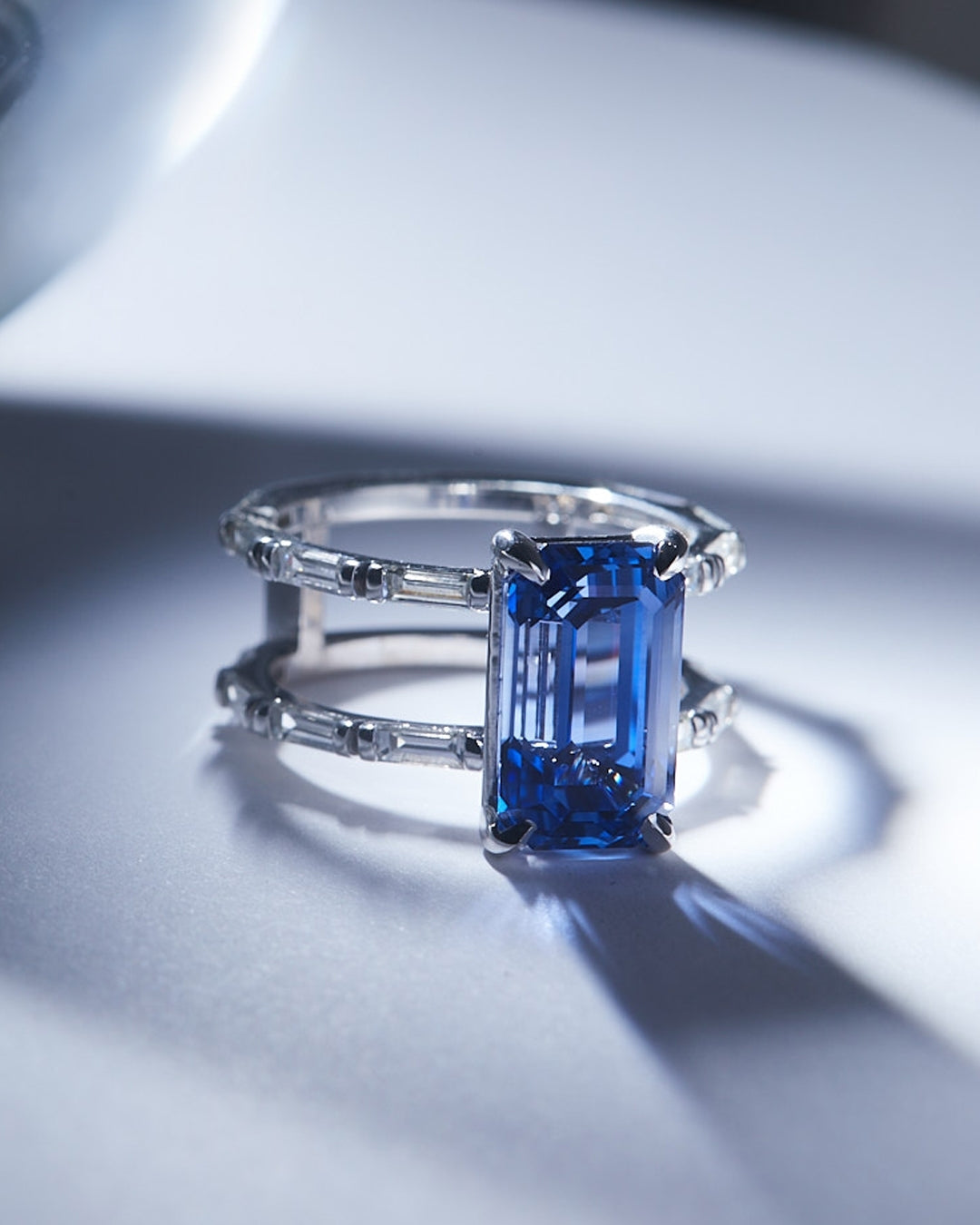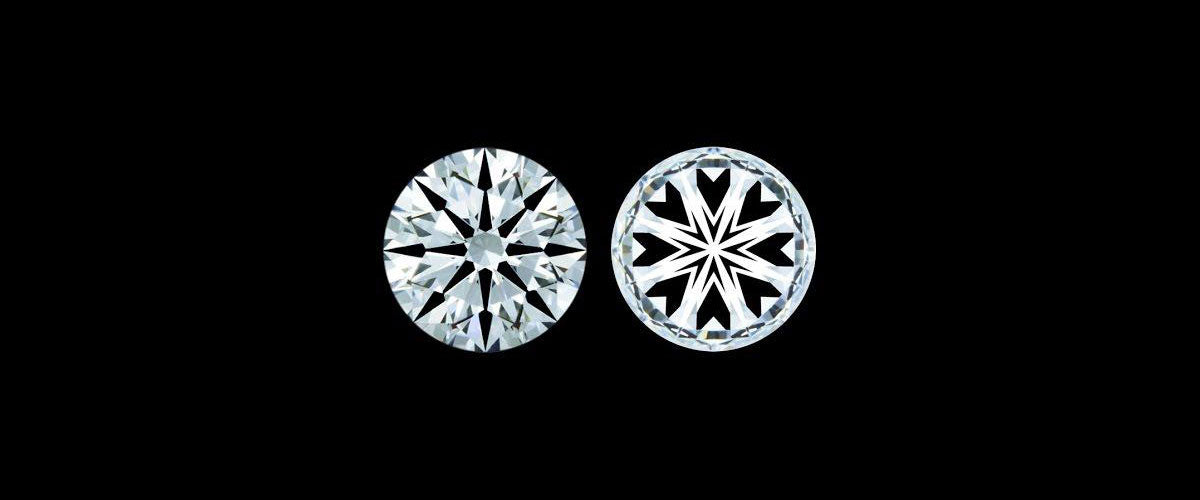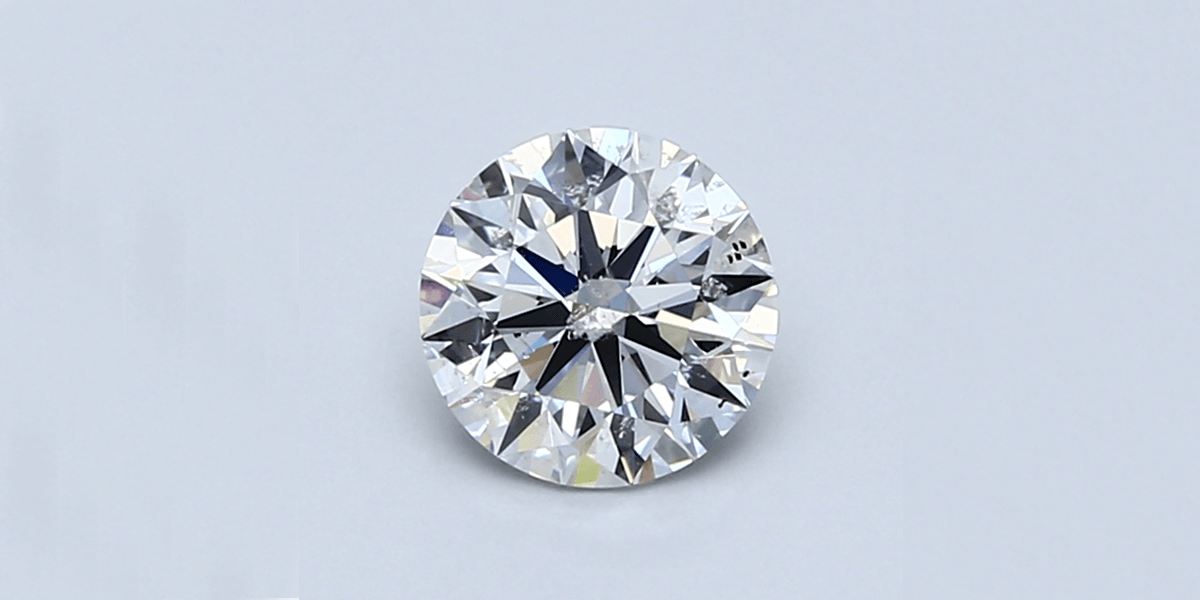
What Are Inclusions In A Diamond?
No two diamonds are alike, but what exactly makes one diamond different from another? Diamonds are valued by the 4Cs- Color, Clarity, Carat and Cut. These factors are then divided further and act as grading indicators. These factors also contribute to the reason why no two diamonds are alike and are the reason for varied pricing.
Clarity is a measure of clarity characteristics such as inclusions and blemishes found in a diamond. The size, quantity, nature, location and impact on durability of inclusions and blemishes determines the clarity grade.
Inclusions are imperfections contained in a diamond. They are internal characteristics of a diamond. Some of them may reach the surface of a diamond. Depending upon the size, appearance, where the inclusion is positioned, and the number of inclusions, a diamond’s clarity grade is decided upon. A gem cutter does his best while cutting the diamond to get the best grade out of the rough diamond provided. Often, the inclusions are hidden cleverly underneath the prongs when set in jewelry.
Diamonds are formed under high pressure and temperature. This means that they are also subject to uncertain conditions during their formations. These uncertain conditions can cause inclusions which are natural. Apart from this, inclusions can also be formed during certain diamond treatments such as laser drilling or as a result of poor fashioning.
Are Inclusions Bad?
The inclusions can come in various shapes and sizes. Sometimes if the shape of an inclusion resembles an object or animal or plant, it becomes a collector’s item. Inclusions are called feathers, knots, breaks, bubbles or crystals depending on their appearance.
The only time inclusions become a problem is if the inclusion has the potential to contribute to the breakage of a diamond (which is rare). The smaller your diamond, the more difficult it is to see an inclusion through an unaided eye. In bigger sized diamonds, it is easier to see the inclusion by an unaided eye if the inclusion is big in size along with being more in quantity. It also matters where the inclusion is located. If the inclusion is right underneath the table of the diamond or the centre, the clarity grade lowers. If the inclusion is on the sides, the clarity grade is higher. It is a combination of the inclusion’s size, quantity, nature, relief and location that contributes to the clarity grade of a diamond. The clarity grade then affects the value of a diamond.
At ILA we believe in celebrating diamonds. It’s imperfections, like inclusions, that make each diamond unique. We provide you with a wide range of ethically sourced, conflict-free, natural as well as lab-grown diamonds to select from depending on your preference.


